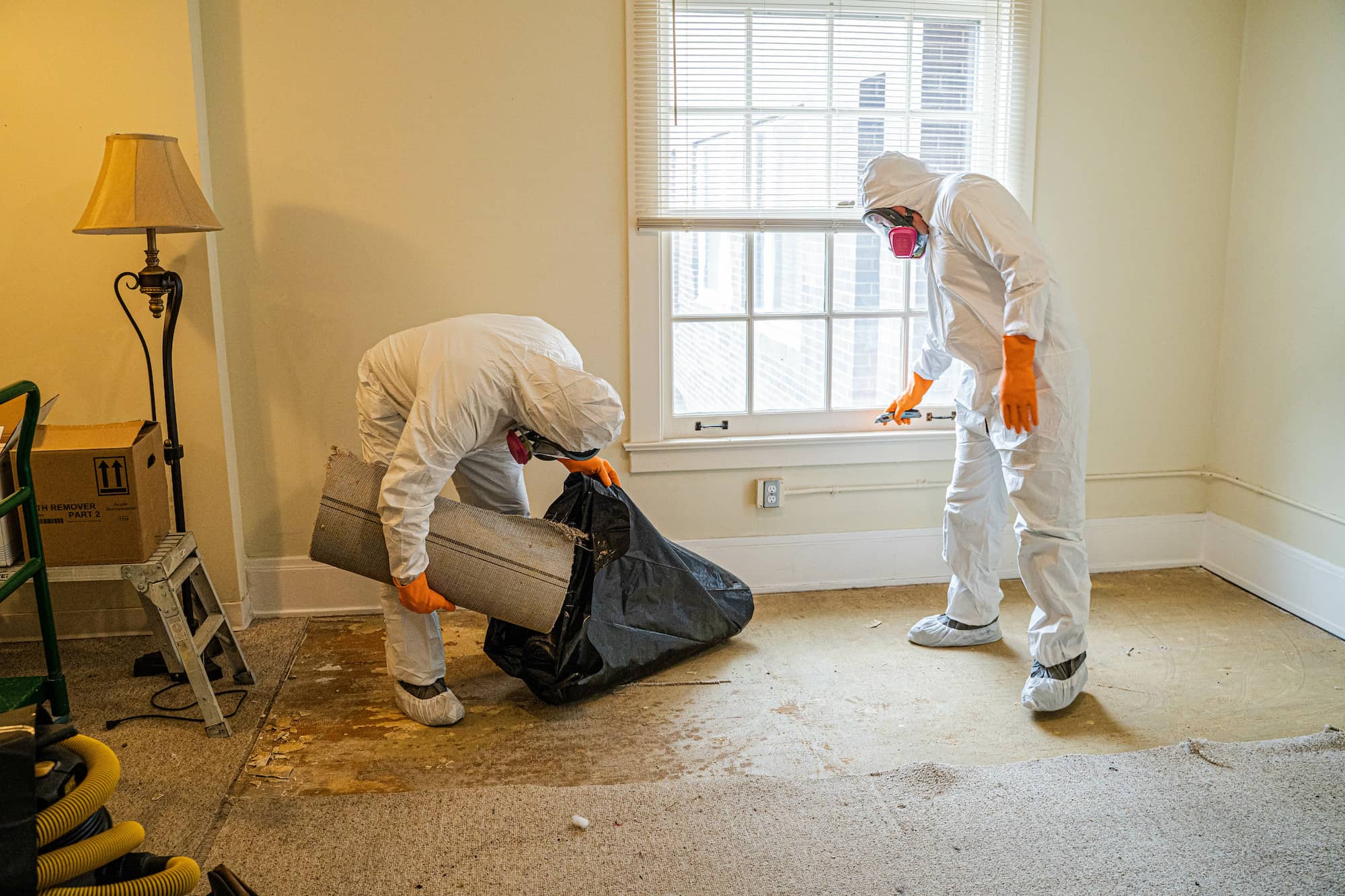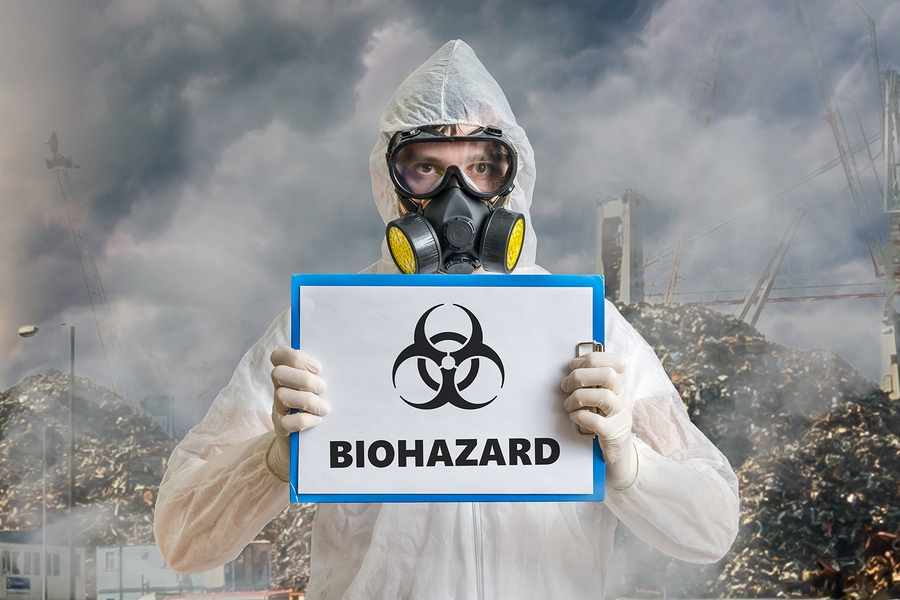Specialist Blood Cleanup: Guaranteeing Safe and Thorough Decontamination
Specialist Blood Cleanup: Guaranteeing Safe and Thorough Decontamination
Blog Article
Specialist Biohazard Cleansing and Decontamination for Blood, Bodily Fluids, and Hazardous Products
The prospective health and wellness risks linked with direct exposure to biohazards highlight the vital requirement for thorough handling and complete cleaning. As we navigate the complex landscape of biohazard cleaning, understanding the nuances of guidelines, compliance, and the specialized equipment at play becomes vital in making sure a thorough and risk-free purification process.
Health And Wellness Threats of Biohazard Direct Exposure
Direct exposure to biohazards positions substantial health risks that can result in extreme repercussions for neighborhoods and individuals alike. Biohazards encompass a wide variety of organic compounds, including blood, bodily liquids, mold and mildew, germs, viruses, and various other possibly transmittable materials. When individuals come into contact with these biohazards, whether through mishaps, incorrect handling, or environmental exposure, they encounter the danger of having major health problems or diseases.
Among the primary health risks related to biohazard direct exposure is the transmission of infectious diseases. Bloodborne virus such as HIV, liver disease B and C, and various microorganisms can be present in biohazardous materials, posing a direct threat to human health. Inhaling air-borne biohazards like mold and mildew spores or entering contact with contaminated surfaces can additionally lead to respiratory system issues, allergies, and various other adverse health impacts.
Moreover, biohazard direct exposure can have lasting wellness implications, with some conditions showing up years after the initial call (Blood Cleanup). Therefore, it is important to prioritize correct biohazard cleansing and decontamination to minimize these health and wellness risks and make certain the safety of communities and individuals

Specialized Educating for Biohazard Cleaning
When it pertains to dealing with biohazard clean-up successfully and safely, specialized training plays a basic role in guaranteeing correct purification procedures are adhered to. Biohazard clean-up needs particular understanding and skills to successfully minimize risks related to bloodborne microorganisms, physical fluids, and unsafe products. Specialists educated in biohazard cleaning undertake extensive instruction on exactly how to safely take care of, get rid of, and deal with biohazardous products to stop contamination and exposure.
Specialized training for biohazard cleanup covers a series of important subjects, consisting of correct individual protective devices (PPE) usage, bloodborne pathogen recognition, purification strategies, and contaminated materials disposal protocols. Individuals educated in biohazard cleanup are furnished with the required competence to examine contamination degrees, identify prospective threats, and execute appropriate cleaning procedures in compliance with regulative standards.
Continual training and education and learning are paramount in the area of biohazard cleaning to stay upgraded on the current decontamination modern technologies, safety and security procedures, and regulations. By investing in specialized training, biohazard cleaning professionals can efficiently reply to emergency cleanup situations and safeguard both public wellness and the environment.
Importance of Appropriate Purification Strategies
Making use of appropriate purification methods is vital in biohazard clean-up to effectively decrease and remove hazardous products wellness threats. Effective purification not only makes certain the elimination of visible traces of blood, bodily fluids, and other biohazards but additionally targets unnoticeable pathogens that might posture severe health and wellness threats if not appropriately removed. By adhering to strict purification protocols, trained professionals can substantially lower the danger of direct exposure to hazardous microorganisms, infections, and microorganisms that can bring about infections or conditions.
Proper decontamination strategies entail the usage of customized devices and anti-bacterials that are especially designed to reduce the effects of biohazards properly. Comprehensive cleansing and disinfection of polluted locations are necessary to avoid the spread of pathogens and ensure a risk-free environment for occupants. Additionally, the appropriate disposal of biohazardous waste following purification procedures is important in stopping contamination of various other surfaces or individuals.

Tools and Tools for Safe Clean-up
When dealing with blood, bodily fluids, or dangerous materials, biohazard cleaning professionals rely on specialized gear to lessen direct exposure dangers and thoroughly decontaminate the damaged area. Additionally, biohazard cleaning packages containing anti-bacterials, absorbing materials, and biohazard bags are special info used to securely get rid of and include of infected things.
Advanced cleansing devices like hospital-grade anti-bacterials, HEPA-filtered vacuum cleaners, and fogging makers are employed to disinfect surfaces and remove biohazards effectively. Specialized devices such as sharps containers and biohazard waste disposal containers are utilized to safely handle sharp objects and biohazardous waste products. By making use of the best devices and tools, biohazard cleaning professionals can make certain a comprehensive cleanup procedure that focuses on safety and security and minimizes health dangers for both workers and owners of the afflicted area.
Laws and Compliance in Biohazard Cleansing
Appropriate adherence to guidelines and compliance standards is critical in biohazard cleaning to guarantee the security of both personnel and the environment. Government companies such as navigate to this website OSHA (Occupational Safety And Security and Health Administration) and the EPA (Epa) have actually developed particular guidelines for biohazard clean-up procedures to lessen health risks and environmental contamination. These guidelines cover a variety of aspects consisting of the handling, transportation, and disposal of biohazardous materials, along with the needed training and protective devices needed for employees associated with the cleanup process.
Biohazard cleansing firms have to stay up-to-date with these policies to guarantee that their operations fulfill the needed safety and security standards. Failure to follow these guidelines can cause extreme consequences, including penalties, lawsuit, and jeopardizing the health of individuals and the environment. By complying with rigid policies and compliance measures, biohazard cleansing companies can successfully mitigate dangers and make sure a detailed and risk-free cleanup process for all parties entailed.
Final Thought
In conclusion, biohazard cleaning and decontamination need specific training, proper strategies, and adherence to laws. Direct exposure to blood, bodily fluids, and dangerous products presents significant health and wellness risks, making it critical to use the appropriate tools and devices for risk-free cleaning. By complying with stringent procedures and guidelines, professionals can effectively reduce the risks connected with biohazard exposure and make certain the safety of both themselves and others.
As we browse the complex landscape of biohazard clean-up, recognizing the nuances of policies, compliance, and the specialized equipment at play ends up being critical in making certain a secure and detailed purification check out here procedure. (Blood Cleanup)
When it comes to handling biohazard cleaning effectively and securely, specialized training plays a fundamental function in ensuring appropriate decontamination procedures are complied with.Utilizing correct purification techniques is important in biohazard cleanup to efficiently remove harmful products and lessen health and wellness risks. In addition, biohazard cleaning sets including anti-bacterials, absorbent products, and biohazard bags are used to safely get rid of and include of polluted products.
Government companies such as OSHA (Occupational Security and Health Administration) and the EPA (Environmental Defense Firm) have established certain standards for biohazard clean-up procedures to lessen wellness dangers and ecological contamination.
Report this page